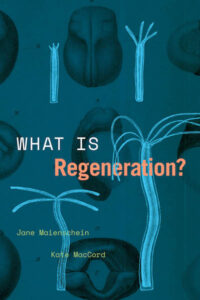 As a boy, I attended an elementary school that was once the home to first through eighth grade classes. By the time I arrived there, thanks to the seemingly endless (as well as largely failed) experiments in age grouping in American schools during my youth, it was first through sixth, and by the time I was in the fourth grade, that was the highest level of class taught in the building. As a result, half of the three-story school building was empty – including the science lab, which was closed and left untouched… except by adventurously curious little science nerds who, thanks to their excellent grades and lack of disciplinary remands, were left astonishingly (in comparison to these present times) under-supervised.
As a boy, I attended an elementary school that was once the home to first through eighth grade classes. By the time I arrived there, thanks to the seemingly endless (as well as largely failed) experiments in age grouping in American schools during my youth, it was first through sixth, and by the time I was in the fourth grade, that was the highest level of class taught in the building. As a result, half of the three-story school building was empty – including the science lab, which was closed and left untouched… except by adventurously curious little science nerds who, thanks to their excellent grades and lack of disciplinary remands, were left astonishingly (in comparison to these present times) under-supervised.
Nary a moment of such time as I was at liberty within the school’s halls did I not find my way into this abandoned lab in order to explore its mysteries. I was particularly fond of examining discoveries made in the decaying wet collection under the large stereoscope. And of all the things I spent time peering at through that wonderful old instrument, planaria were my favorites. I marveled at how, when they were divided, that I could return to the dish over the following days and witness their regeneration. How did they do it? Why did they do it? Not so long after learning that sea stars could also regenerate missing parts, my young mind began to wonder why every living thing couldn’t simply regenerate. Why couldn’t the nice old man who ran the ice cream shop regenerate the arm he lost in the war? Why couldn’t my grandfather regenerate his failing heart?
In their new book What Is Regeneration?, Prof. Jane Maienschein and Dr. Kate MacCord present an introduction to what is presently known about biological regeneration. Approaching their subject from both the history and philosophy of science, as well as from practical biology, and ranging from micro through macro levels in their explanations, the authors present the “nuts and bolts” of regeneration, as well as taking up such practical applied questions as:
- What conditions allow some damaged microbiomes to regenerate where others do not?
- Why are forests following a fire said to regenerate sometimes but not always?
- In the face of climate change in the era called the Anthropocene, can the planet regenerate to become healthy again, or will the global ecosystem collapse?
As a copy of this new book has just reached my desk, I’m very keen to begin reading it. I expect it will lead me back to that abandoned science lab of my childhood, and as a result will bring back to mind so many of the questions I left unanswered from those early days of of enquiry, as well as providing a wealth of other new ones to ponder.
